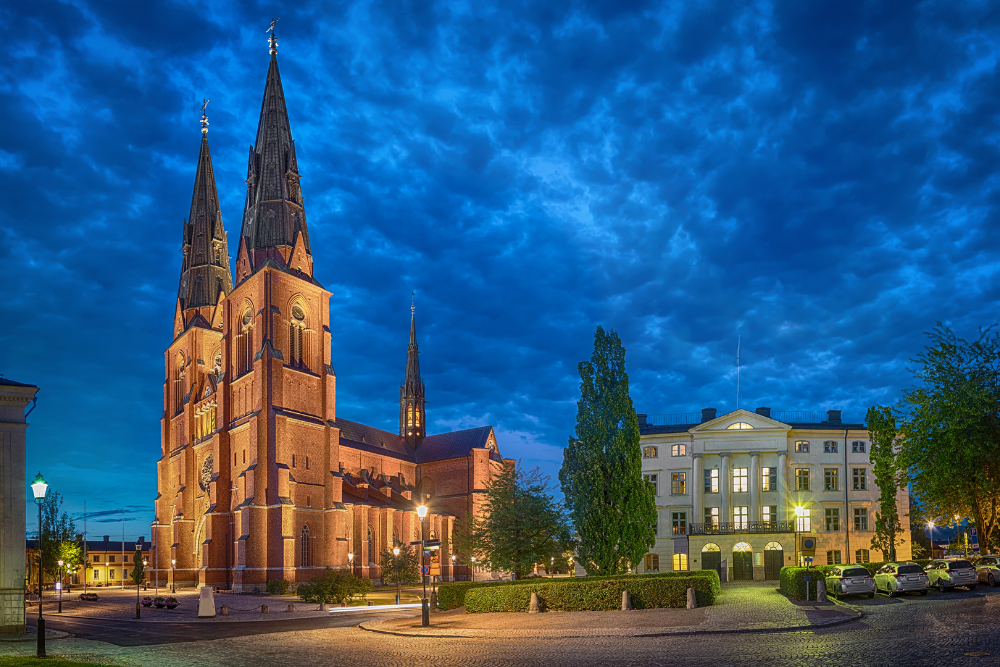Sweden is a destination that shines in every season, offering everything from sun-drenched archipelagos to snow-draped forests. But knowing the best time to visit Sweden depends on what you’re looking for—northern lights, summer hikes, festive winter markets, or spring blooms. This guide breaks down the Sweden travel seasons, weather patterns, and top festivals to help you plan your ideal adventure.
Sweden Travel Seasons Overview
Sweden experiences four distinct seasons:
- Spring (March to May) – Crisp air and blooming nature
- Summer (June to August) – Warm days, midnight sun
- Autumn (September to November) – Colorful foliage and fewer tourists
- Winter (December to February) – Snow sports, cozy vibes, and auroras
Understanding Sweden tourist seasons helps you navigate crowds, costs, and experiences.
Sweden Weather by Month
Here’s a snapshot of Sweden weather by month to help with planning:
- January – February: -10°C to 0°C, heavy snow, prime Northern Lights
- March – April: 0°C to 10°C, snow melts, early spring
- May: 10°C to 15°C, blooming season, perfect for sightseeing
- June – August: 15°C to 25°C, long sunny days, beach-friendly
- September – October: 10°C to 15°C, autumn foliage
- November – December: 0°C to -5°C, early snowfall, Christmas markets
Summer in Sweden (June to August)
Summer in Sweden is magical with its long daylight hours, festivals, and outdoor activities. This is the best time to travel to Sweden for:
- Island hopping in the Stockholm archipelago
- Hiking in Swedish Lapland
- Attending Midsummer festivals
Expect higher prices and more tourists, but the vibrant energy is unmatched.
Winter in Sweden (December to February)
Winter in Sweden is all about snowy adventures and festive charm. Great for:
- Skiing in Åre or Vemdalen
- Dog sledding in Lapland
- Experiencing Sweden festivals and events like Christmas markets and the Jokkmokk Winter Market
- When to visit Sweden for Northern Lights: Peak visibility is from December to March in the far north
Spring in Sweden (March to May)
Sweden spring travel is ideal for budget-conscious travelers and nature lovers. Highlights:
- Cherry blossoms in Kungsträdgården, Stockholm
- Hiking trails reopening
- Fewer crowds and lower accommodation rates
This is a quiet but beautiful time to explore cities and countryside alike.
Autumn in Sweden (September to November)
Autumn in Sweden paints the landscape in golden hues. Perfect for:
- Visiting forests and lakes surrounded by fall foliage
- Mushroom and berry picking
- Experiencing Sweden holiday calendar events like All Saints’ Day
It’s one of the less crowded and more affordable seasons.
Sweden Festivals and Events by Season
Things to do in Sweden each season include vibrant cultural festivals and traditions:
- Spring: Walpurgis Night (April 30)
- Summer: Midsummer (late June), Stockholm Pride, Way Out West
- Autumn: Culture Night in Uppsala, crayfish parties
- Winter: Nobel Prize Ceremony (December), Lucia Day (December 13), Christmas markets
When to Visit Sweden for Specific Experiences
- Northern Lights: December to March (Abisko, Kiruna)
- Hiking and Nature: June to September
- City Breaks: May, June, or September for great weather and fewer tourists
- Budget Travel: March, April, October
Crowds and Costs in Sweden by Season
- High season (June-August): Expensive and busy, especially in cities and tourist hubs
- Shoulder season (May & September): Mild weather, fewer crowds, mid-range pricing
- Low season (October-April): Best for budget travel, except during Christmas
Final Thoughts
The best time to visit Sweden depends on what excites you—sunlit summer nights, snow-covered forests, or cultural festivals. Whether you’re planning for outdoor adventures, Sweden holiday events, or peaceful nature escapes, each season offers its own flavor. Use these seasonal travel tips for Sweden to craft your perfect itinerary.






